The forearm bones and their surrounding muscles make up a very small and sensitive area of the human body.
Also, many of us have small wrists that can’t handle an excessive amount of tension without feeling achy or sprained.
So in this guide, we’re going to answer one of the most frequently asked forearm questions: Are wrist curls bad? And if so, what can you do about it?
Related post: wrist curl alternative
What makes wrist curls bad and risky?
Wrist curls aren’t an inherently bad exercise. But many people, even those who’ve been in the gym for a while, still make some of these fatal mistakes. And then they wonder why their wrists hurt!
Poor form

As we know, wrist curls are an isolation exercise. So the last thing that you want to do is cheat the weight up by rocking your arms back and forth to bring other muscles into the equation.
You should aim to control every rep with just your forearms. Don’t let your lower arms come off the bench even when you’re lifting a lot of wrist curl weight, because then you’re using your core to move the bar, which defeats the purpose of this isolation exercise.
Performing half reps
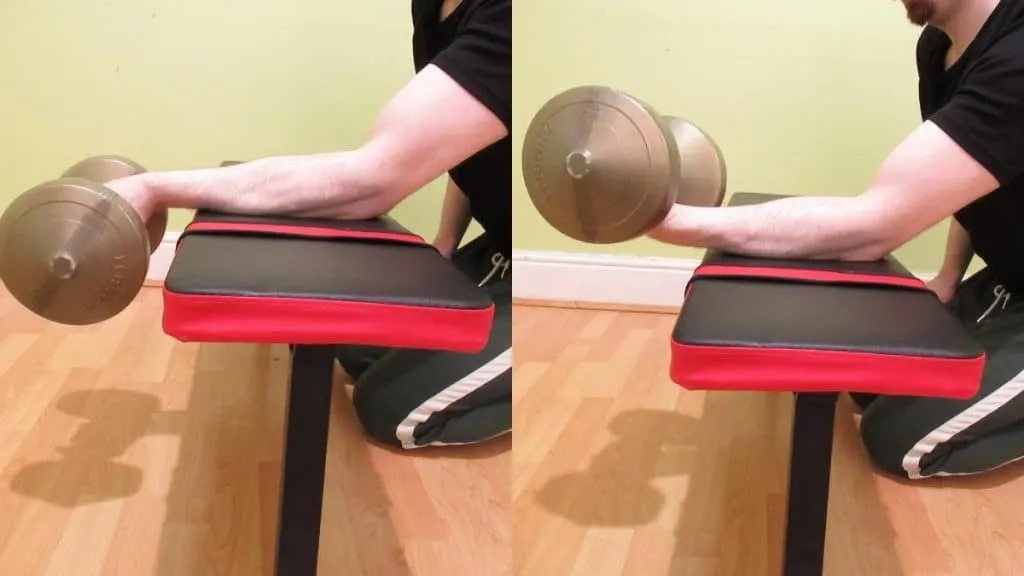
Performing partial reps is one of the quickest ways to get injured and reduce your muscle growth—especially when it comes to the forearms.
Think about it for a second. Wrist curls already have a small range of motion (ROM) as it is. [1] So by shortening it even more, you’re throwing potential muscle growth away. And for what? A quick ego boost?
Hardly worth it if you ask me.
Plus, doing half reps naturally encourages you to lift heavier weights—more weight than your forearms can realistically handle by themselves. This pitfall can lead to injury if you don’t nip it in the bud because the connective tissue in your lower arms isn’t meant to handle a constant beating due to ego lifting.
Using barbells
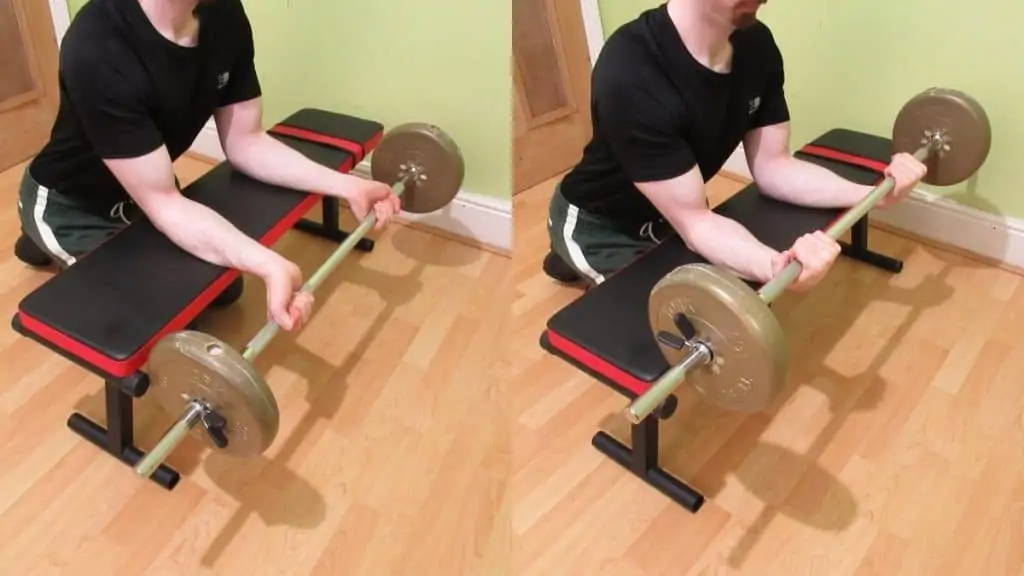
Barbells aren’t inherently bad. However, compared to dumbbells and cables, they certainly put more stress on your joints. You can mitigate this side effect by using an EZ bar to an extent.
However, if you want to stay injury-free for as long as possible, then you might want to look into training methods and equipment that’s more forearm-friendly.
Not every gym has a dedicated forearm curl machine. Still, these machines are great training stations for getting a safe workout because the bar is already in the correct position.
Forgetting to warm up

Many lifters perform forearm drills at the end of an arm, back, or leg workout. This often leads them to think that they don’t need to warm up. And while it’s true that the forearms are highly active during back and bicep training, you need to get the wrists used to the specific lifting motion that’s unique to forearm curls.
Therefore, do at least 2-3 warm-up sets to get your joints used to the curling motion. [2] At the same time, don’t train too close to failure because you obviously want your muscles to be nice and fresh for your working sets.
Adding weight too quickly
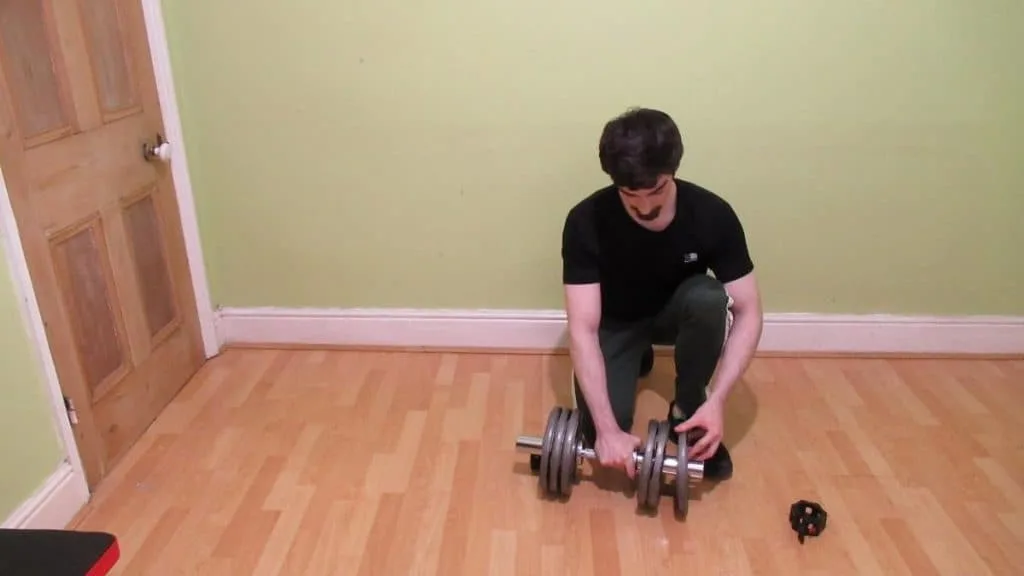
Progressive overload is extremely important for long-term muscle growth. But you shouldn’t force it. If your form degrades as you add weight, then you probably aren’t ready to increase the resistance just yet.
Remember, you can achieve progressive overload by adding extra sets and reps. This is what I do much of the time because I know that the forearms, especially the extensors, have a limited growth and strength potential compared to the other major muscle groups.
Using low reps
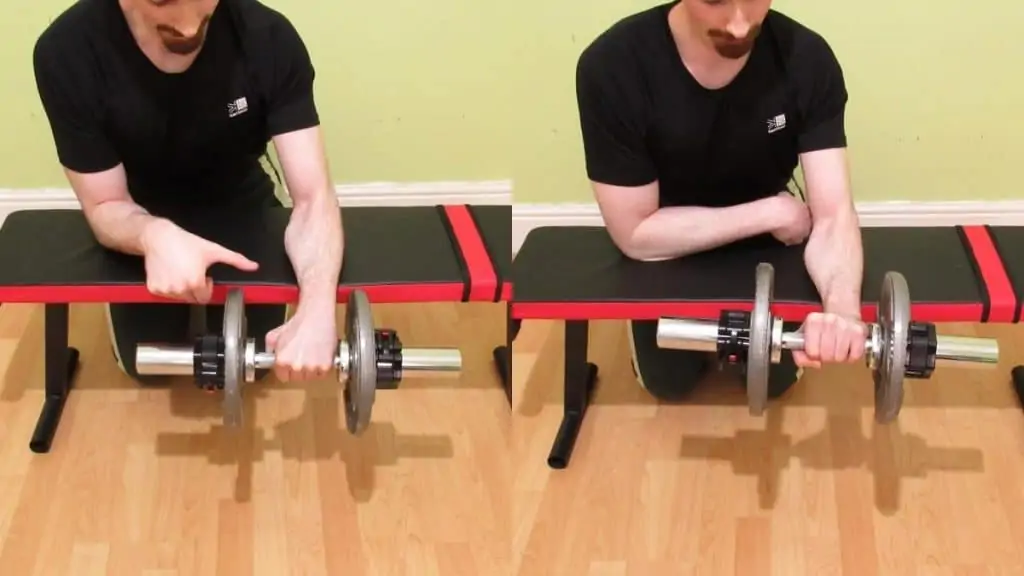
Since we use our lower arms all the time time during our everyday lives, the muscles are naturally quite slow-twitch. As such, they respond best to high reps.
But even for the fast-twitch muscle fibers, you still want to use high reps because the ROM is so small. Plus, if you were to use low reps, then you wouldn’t get enough time under tension to stimulate meaningful muscle growth.
Besides, using low reps encourages you to lift heavy weights, which, as we’ve just established, is one reason why wrist curls get a bad rep in the first place.
So shoot for sets of 10+ reps most of the time. You can even go as high as 20-30 reps to really pump up your forearms. After all, muscles mainly respond to tension, and the lower arms are no exception.
How can you make wrist curls safer?
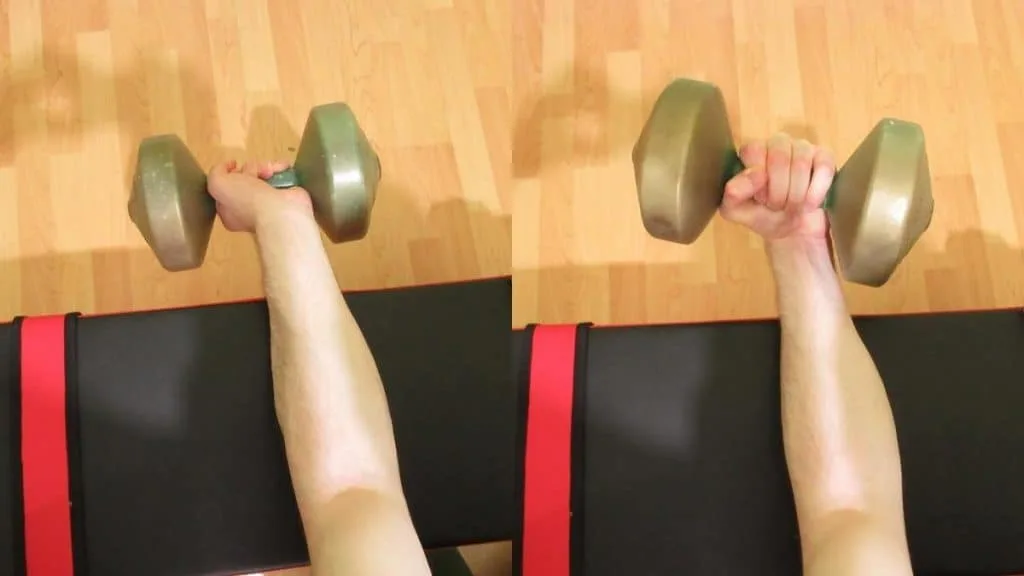
First and foremost, use proper form. [3] This alone can keep you injury-free and in muscle gaining territory for many years.
Also, stick to high reps. They give you a better pump and also compensate nicely for the relativity small ROM offered by wrist curls.
Finally, don’t be overly eager to increase the weight. Even a modest increase of 2lbs is a lot when it comes to a muscle group as small as the forearms. You can always stimulate more muscle growth by adding reps, sets, and training closer to muscular failure, a practice that recruits extra motor units.
Conclusion: Are wrist curls bad?
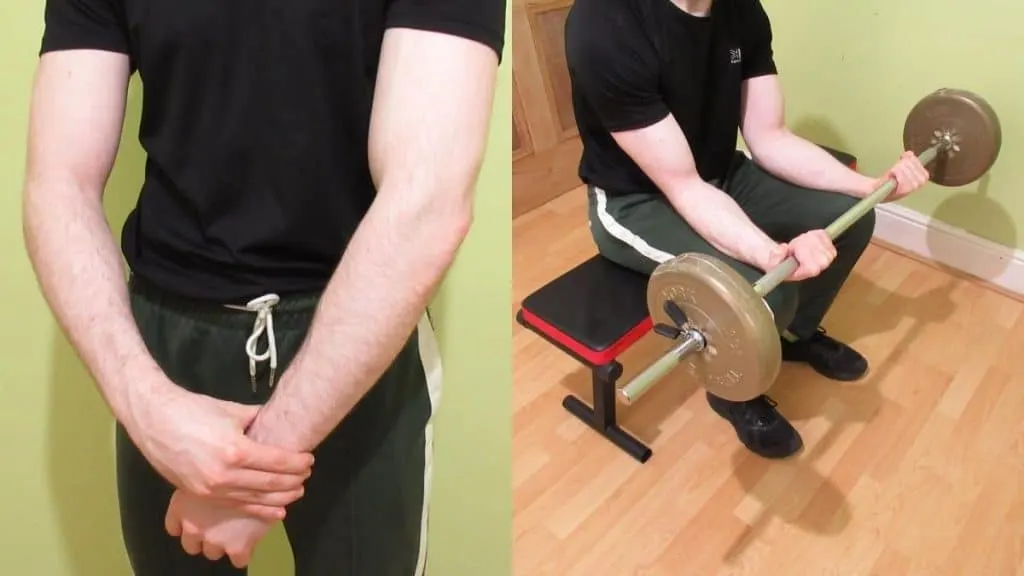
Some people say wrist curls are bad because they put a lot of pressure on what is a very delicate area for many people. However, providing that you use good form, lift a sensible amount of resistance that’s appropriate for your strength level, and always stay in control of the weight, then you can stay relatively safe while performing this exercise.
Remember, everyone has certain exercises that bother them. But the only way to find out whether a particualr movement agrees with you is by performing the drill with good technique and then assessing how your body feels afterward.
References
- Kraemer, W. J. (1981). Kinesiology Corner: Wrist Curls. National Strength Coaches Association Journal, 3(5), 64. https://journals.lww.com/nsca-scj/Citation/1981/10000/Kinesiology_Corner__Wrist_Curls.13.aspx
- Adelsberger, R., & Tröster, G. (2014). Effects of stretching and warm-up routines on stability and balance during weight-lifting: a pilot investigation. BMC Research Notes, 7(1), 938. https://doi.org/10.1186/1756-0500-7-938
- KRAEMER, W. I. L. L. I. A. M. J., & RATAMESS, N. I. C. H. O. L. A. S. A. (2004). Fundamentals of Resistance Training: Progression and Exercise Prescription. Medicine & Science in Sports & Exercise, 36(4), 674–688. https://doi.org/10.1249/01.mss.0000121945.36635.61

